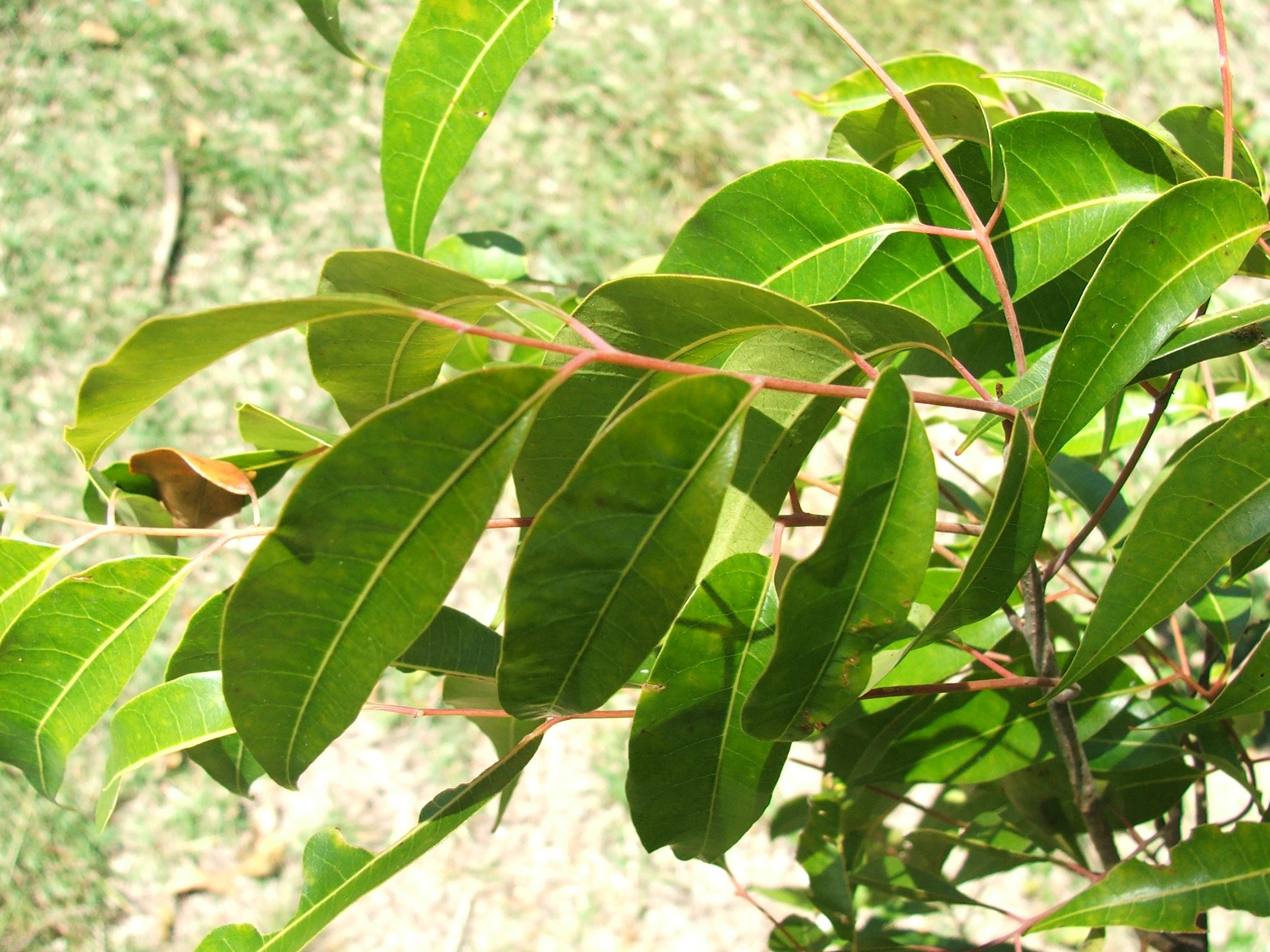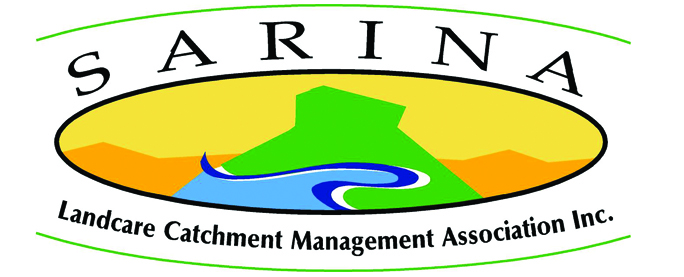Ribbonwood
Euroschinus falcatus, Fam. Anacardiaceae

Tall, shapely tree that may be buttressed at the base in large specimens with brown, wrinkly to tessellated bark. falcatus from the Latin meaning sickle shaped, referring to the shape of the leaves.
| Weed Category: | |
| Weed: | No |
| Form or habit: | Large Tree |
| Family: | Anacardiaceae |
| Leaf: | Alternate, pinnate with no true terminal leaflet. Four to 10 leaflets, alternate or subopposite on rachis, entire, curved and asymmetrical, glossy green above and paler below, some hairy domatia present. Petiole exudes a clear, thick sap with a mango-like smell when broken. Crushed leaves also smell like mango. |
| Flower conspicuous: | Conspicuous |
| Flower colour: |
White, Pink |
| Flower description: | Large terminal or upper axillary panicles of small, pink or white flowers. September to November. |
| Fruit conspicuous: | Conspicuous |
| Fruit colour: |
Black, Purple, Green, Pink |
| Fruit: | |
| Fruit description: | Mango-shaped drupes, 6-9mm long, turning from green to pink purple to black, hanging in clusters. November to February. |
| Habitat: | Gallery (riverine or riparian) forest, littoral rainforest, rainforest, woodland. |
| Distribution | Queensland, New South Wales. |
| Food source for: | Fruit eaten by the Lewin’s honeyeater, rose crowned fruit dove, topknot pigeon, crimson rosella, green catbird, silvereye and paradise riflebird. Leaves eaten by the Lumholtz’s tree kangaroo. |
| Toxicity: | No toxicity known |
| Origin: | Australia. |
| Notes: | It is a common pioneer species. Deciduous in drought. A beautiful, relatively fast growing, resilient shade tree that can be grown from fresh seed. Pink, soft and light timber. |
| Information sources: | Melzer R. & Plumb J. (2007) Plants of Capricornia. |



